Higher by electric concept
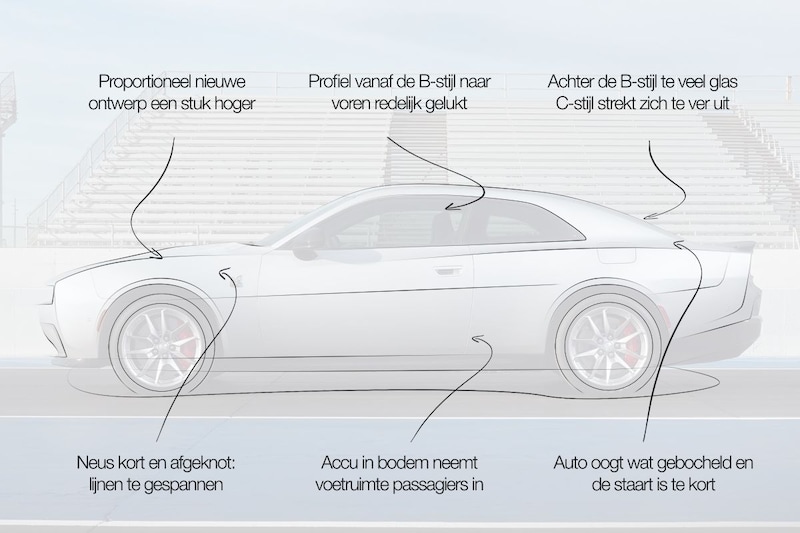
The Challenger and Charger twins were doomed to extinction with their huge V8s. AutoWeek recently said goodbye to such a powerful Challenger and previously did so with the Charger. For the new model, the Hemi had to be removed and an electric motor added. Reason enough for car designer Niels van Roij to compare this car with its petrol-fired brother.
The outgoing model – whatever you think of the archetypal American muscle car principle – has excellent volumes. This is the absolute shape of a classic muscle car: a big hood and a heavy rear end.
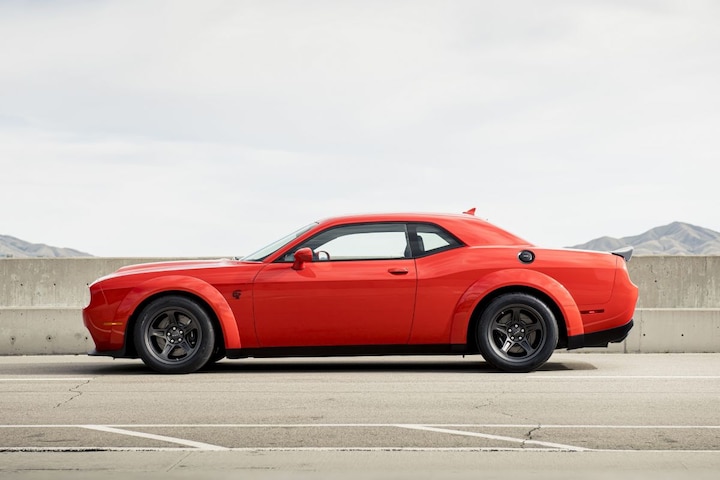

If we compare this now iconic profile of the Challenger with the Dodge Charger Daytona from the same side view, the profile from the B-pillar towards the front is reasonably successful, but there is too much glass behind the B-pillar and the C-pillar stretches then extends too far back. This obviously makes the car considerably more streamlined – important for an EV – but the roofline, which is pulled strongly backwards and takes the passenger compartment with it, is saddled with a swollen look. The second reason for this – outside the streamline – is also quite obvious: it is the proportions of a four-door car, in which this model is also available, but with only two doors.
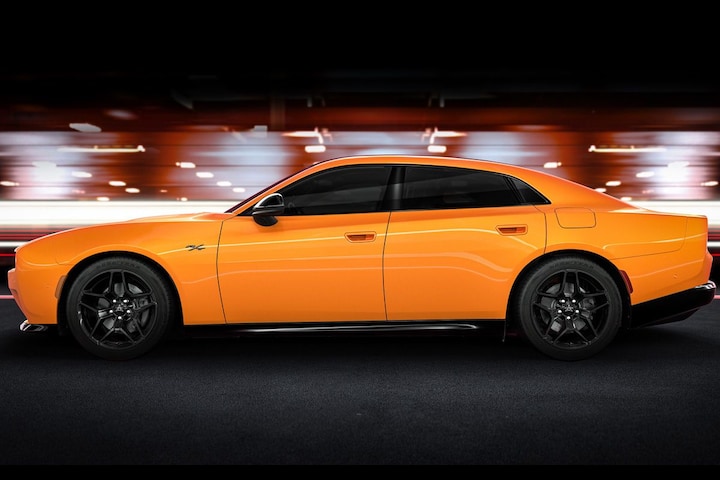
Proportionally, it is also noticeable that the new design looks a lot higher. That is not without reason. The floor is filled with batteries and that is why the car has a high body. Everything has to go somewhere, because the battery cells in the floor take up passenger foot space, so the roofline goes further up.
This is very noticeable in the three-quarter view from the rear. The car even looks a bit hunchbacked and the tail is too short.
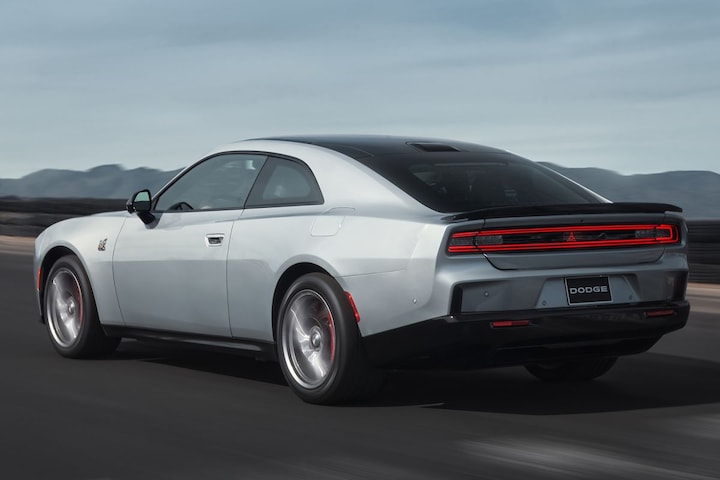
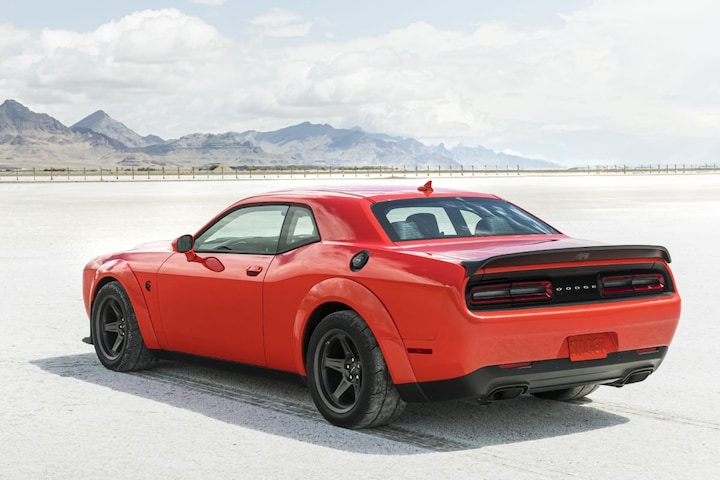
Another problem with this perspective is that the nose looks shorter, making it appear truncated. As for the lines in the nose: they are too tense and forced. It’s a shame, because this should be the most dynamic part of the car.

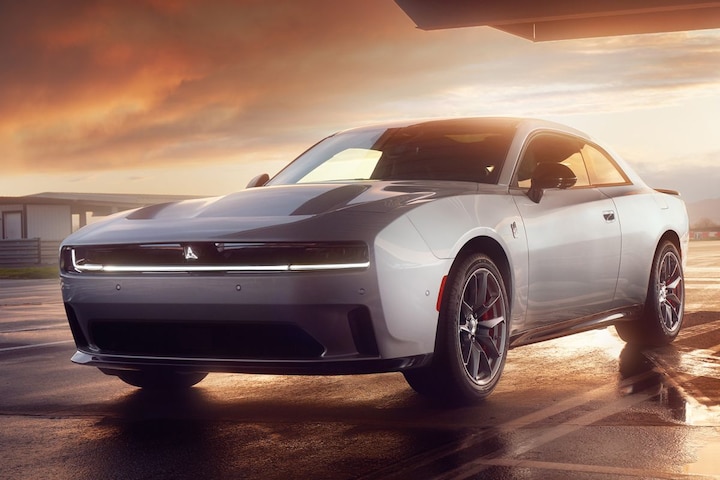
Dodge has tried to give the car an appropriately menacing appearance and it has largely succeeded. The importance of graphic expressions, the Down The Road Graphic, on the front is very important for creating an identity, especially in this day and age DRLdaytime running lights.
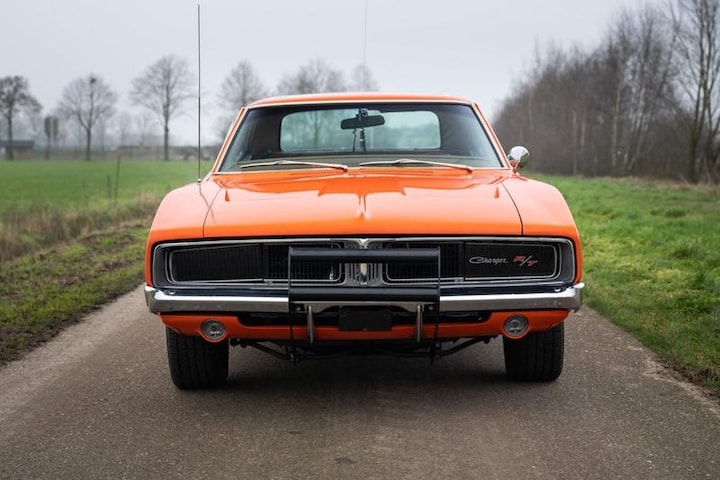
The new car is actually an update of the classic Charger. With the simple volumes and shapes present here, the update works nicely.
At the front we see the so-called R-Wing, which is integrated into the leading edge of the nose. Jaguar did something similar with the I-Pace EV. It’s a beautifully executed idea.

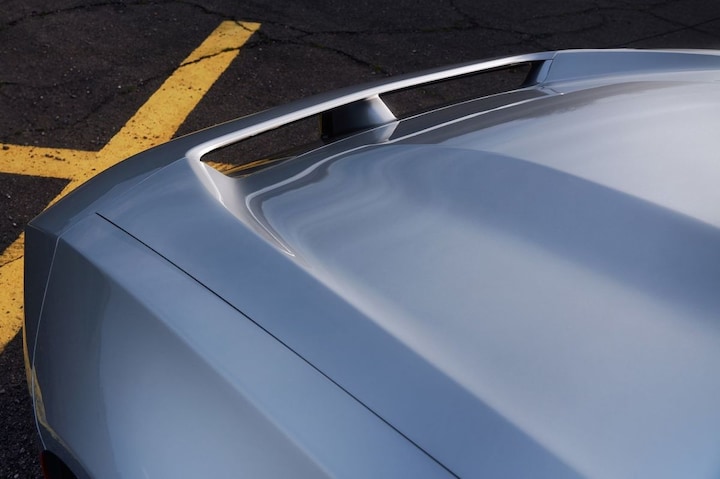


Apart from the questionable proportions, the surfaces clean and subdued. Tension has been applied in the right places, albeit in a familiar form. The latter is important, because Dodge has leaned heavily on its heritage and customers will not easily make the EV switch if the design course is changed too radically.
Considering the outgoing model’s handsome proportions, the Dodge Charger Daytona has a swollen aesthetic. The wheels that are too small are additionally to blame. For the big one packagingchallenge that this car has given the designers and engineers, the end result is certainly not bad.
– Thanks for information from Autoweek.nl